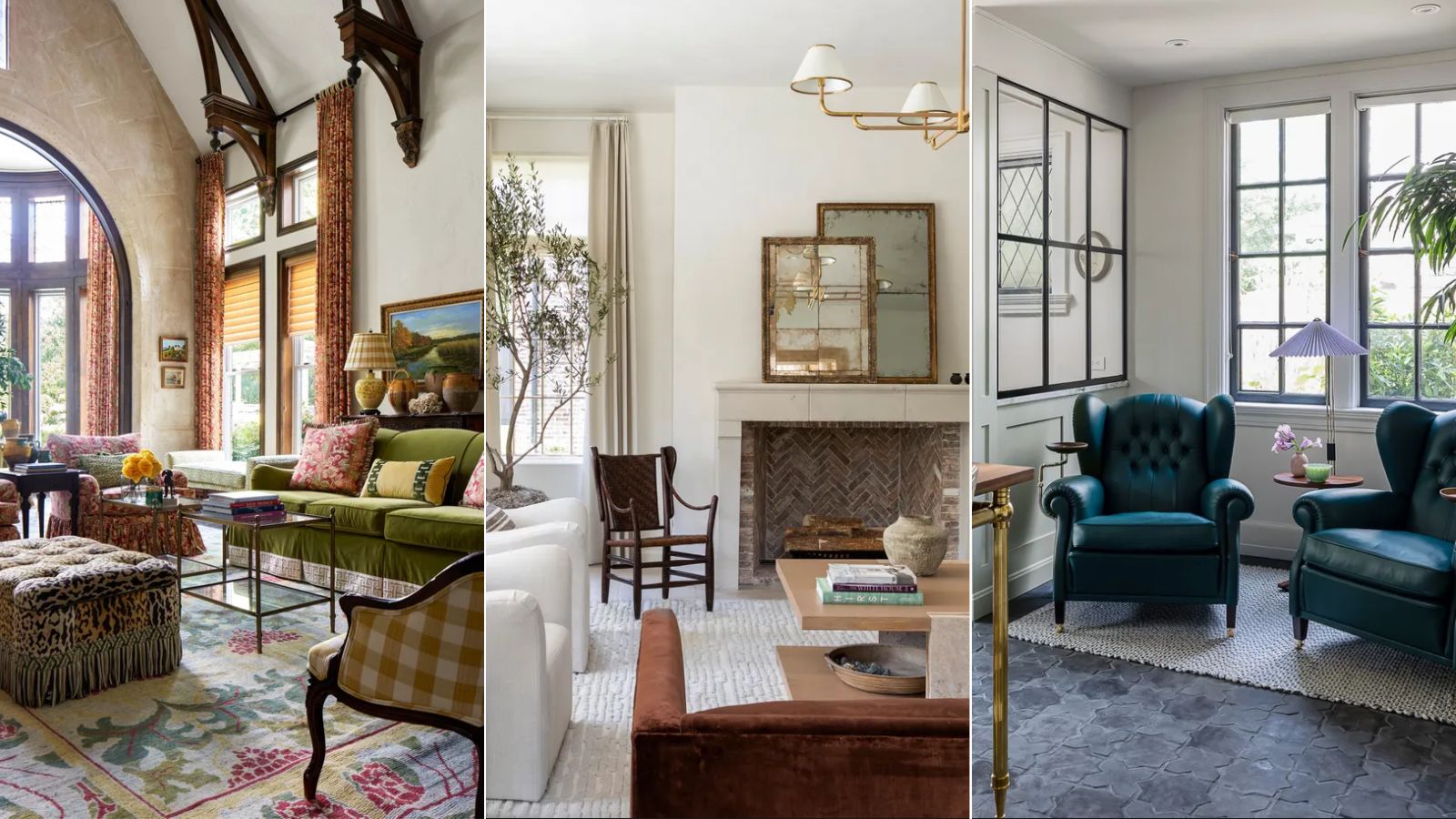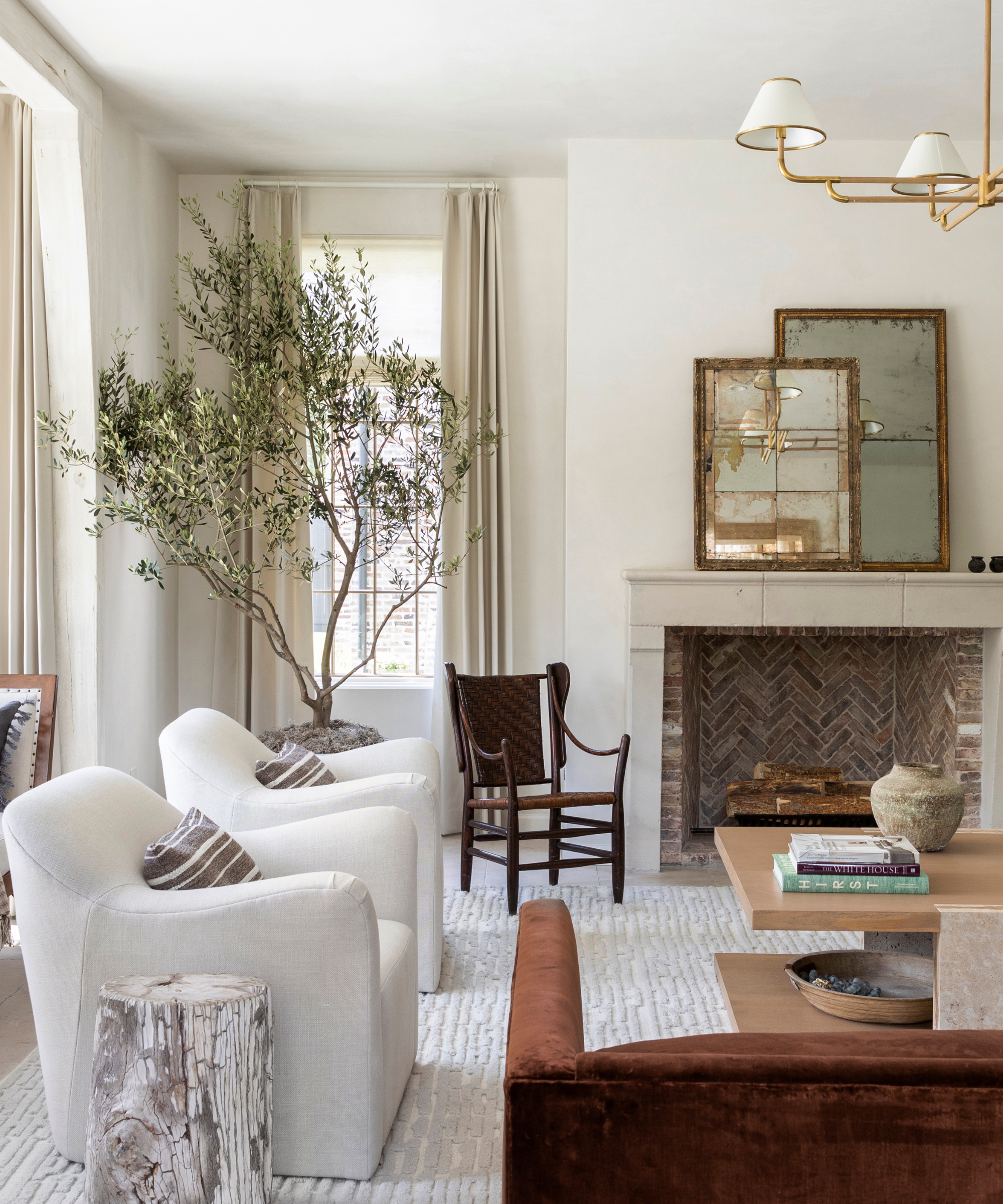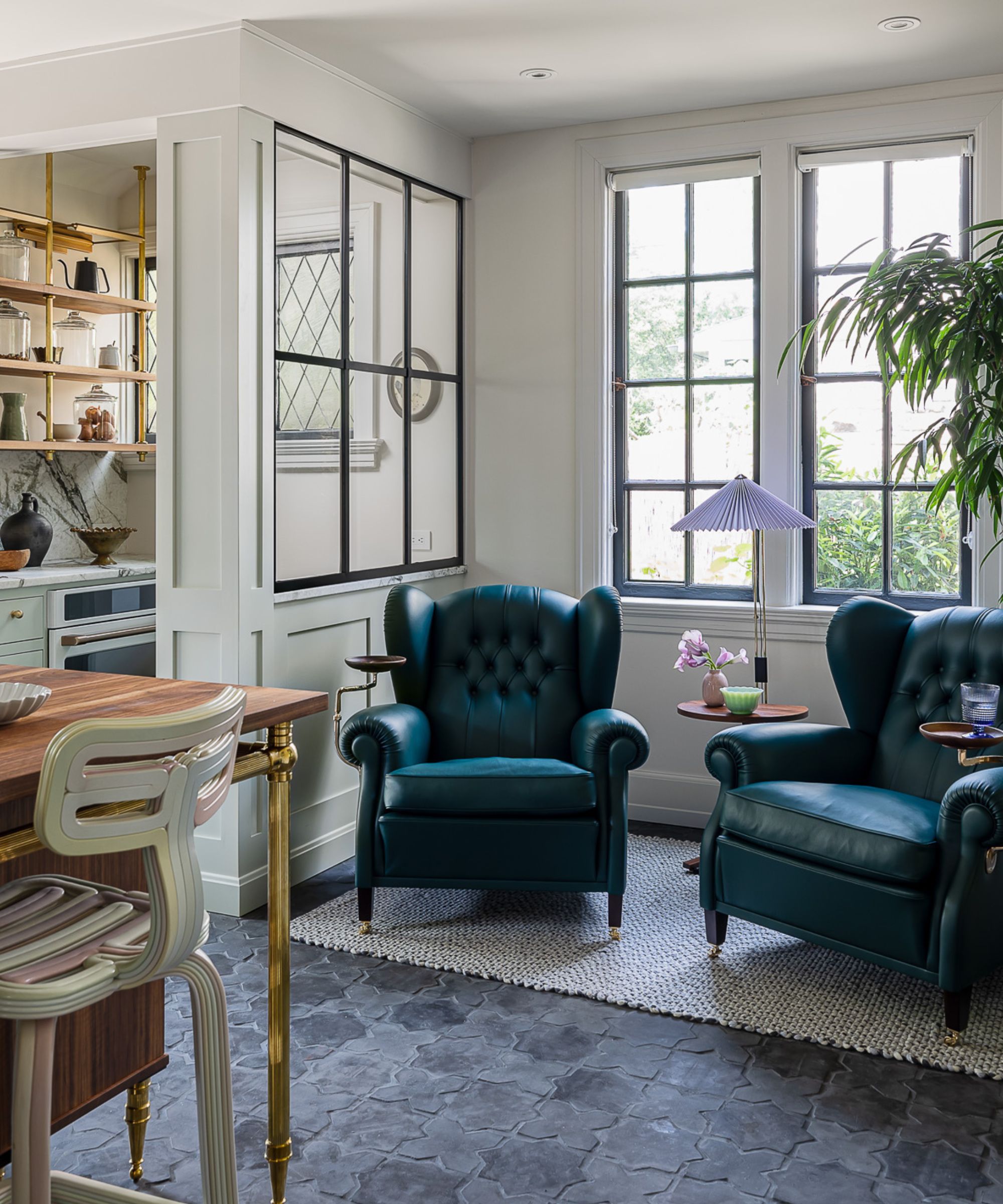
If you're a fan of interiors that take inspiration from the past and have a classic feel, then you've probably heard the terms traditional and transitional used in interior design.
While these two design styles share similarities – which can admittedly make it slightly tricky to clearly differentiate between them – they do in fact have many differences to them.
To explain what exactly the key differences are between transitional design and traditional decor, we spoke to interior designers who weigh in on both looks. Once you understand what sets them apart, you'll have no trouble understanding the key features of these celebrated and widely embraced design styles.
Traditional vs. Transitional Style
Before comparing the two interior design styles, we're going to begin by taking a look at the core characteristics of each.
What is traditional design?
Traditional decor is essentially a style that celebrates the grandeur of classical homes from bygone centuries. 'Traditional design is rooted in classic European designs,' explains designer Jennifer Davis. 'Traditional interior design embodies opulence and refinement. Drawing inspiration from periods like Victorian, Georgian, and Colonial, this style exudes a sense of history and sophistication.'

When a traditional style is embraced in homes today, it's often fairly obvious to recognize. Traditional interiors have an instant feeling of elegance and old-world charm, evident throughout every element of the room: with furniture, pattern, and color reflecting a classical look rather than contemporary. You'll most likely see this richly layered and opulent style in old homes that have existing traditional details, such as grand fireplaces, tall ceilings, and architectural moldings.
Referencing the typical decor features you can expect to see in a traditional interior scheme, interior designer Tyson Ness notes the focus on dark-toned woods and detailed patterns across upholstery that promote a grand look: 'It typically involves shapely upholstered furniture with tufting and trimmings; darker woods, and layers of fabric with patterns and colors. The individual pieces tend to be from similar time periods and styles.'
Jennifer agrees, emphasizing the focus on ornate detailing as well as symmetrical arrangements in spaces that follow a traditional style: 'Formal furniture with intricate carvings, rich fabrics like velvet and silk in jewel-toned colors, ornate accessories such as crystal chandeliers and gilded mirrors, and symmetrical arrangement characterize traditional spaces.'
Looking for inspiration to create a traditional style in your home? Written by interior designer Ashley Whittaker, this book explores classical homes, explaining tips on decorating with color, pattern, and furniture placement.
What is transitional design?

On the flip side, transitional design embraces a more experimental approach to design, essentially taking fundamentals from classical styles and incorporating modern interior design for spaces that mix the old and new.
'Transitional interior design strikes a delicate balance between the timeless elegance of traditional style and the clean lines of contemporary design,' explains Jennifer. 'It offers a fresh take on classic aesthetics while incorporating modern elements for a relaxed and versatile atmosphere. Neutral color palettes, a mix of materials like wood, metal, and glass, comfortable furniture with cleaner lines, and subtle patterns and textures define transitional interiors.'
In a transitional space, the overall look tends to be less dramatic and ornate than traditional spaces. Due to the layering of antique and modern pieces, balance is achieved so that one design era is not all-encompassing. There also tends to be a softer approach through the use of color and materials, adding laid-back textures that allow this style to feel more comfortable and relaxed than traditional decor.

Interior designer Luis Carmona expands on the typical decor you often see in transitional spaces: 'In transitional design, you can still find the ornate trim and furniture detail, the tufted upholstery and more curved shapes of traditional design. However, intermixed with those elements, you will also find cleaner lines found in the architecture of the space and more modern features like a waterfall countertop in a kitchen or modern lighting. This blending of elements, like a traditional art piece in a modern frame or a contemporary sofa on a traditional rug, helps create a fluid, well-balanced look throughout the room that embraces both design aesthetics without one overpowering the other.'
By combining varying styles in a transitional space, these rooms tend to feel more layered than traditional rooms, as Tyson explains: 'Transitional tends to simplify the detailing, color palette, and patterns of the space, resulting in a space that is a bit more eclectic. It allows for a bit more play and a departure from the rigid traditional styles. While you may still have some of the elements of traditionally designed spaces, you can incorporate more time periods of pieces to allow for a mix and match.'
This book written by interior stylist Ali Heath shares practical inspiration on how to combine antique pieces with modern decor, helping you on your way if you're intrigued by transitional design.
What are the differences between traditional and transitional styles?
To summarize, the main difference between traditional and transitional design styles is that traditional reflects a wholly classical style, whereas transitional incorporates modern design mixed with older styles for a layered look.
'Traditional design exudes formality and grandeur with ornate detailing and rich fabrics, while transitional design offers a more relaxed and updated interpretation, seamlessly blending classic and contemporary elements,' says Jennifer.
Transitional design welcomes a less rigid look and lets you decorate with decor from varying eras, balancing traditional pieces with modern elements. This could mean you style a vintage, ornate sofa with a far more contemporary set of soft furnishings – juxtaposing dark tones with a much lighter finish to bring age-old pieces into the present day. Traditional design, on the other hand, is a classic style that focuses solely on decorating a space with decor rooted in the past, creating a formal and opulent look.
If you're deciding which style to embrace for your home decor ideas, consider how you want to space to feel. If you want to achieve a purely classical look that feels formal and polished, opt for traditional by incorporating ornate furniture, jewel tones, and opulent materials such as marble and velvet.
Or, if you want your home to have a more relaxed feel, transitional may be a better fit for you. You can still incorporate classical items, such as solid wood furniture or a statement vintage light fixture, but you can then choose to add contemporary decor that feels much less formal.
Although these styles both relate to classical design and share some similarities, transitional and traditional create completely different looks when embraced in home decor. Whether you're drawn to the quintessential look of traditional decor or prefer a more relaxed scheme that nods to tradition, both styles are worth exploring.







